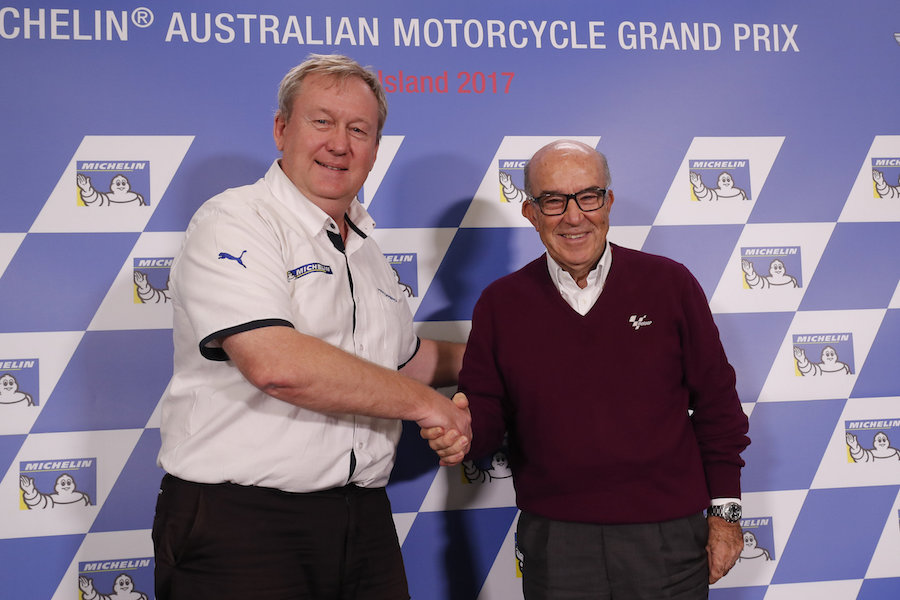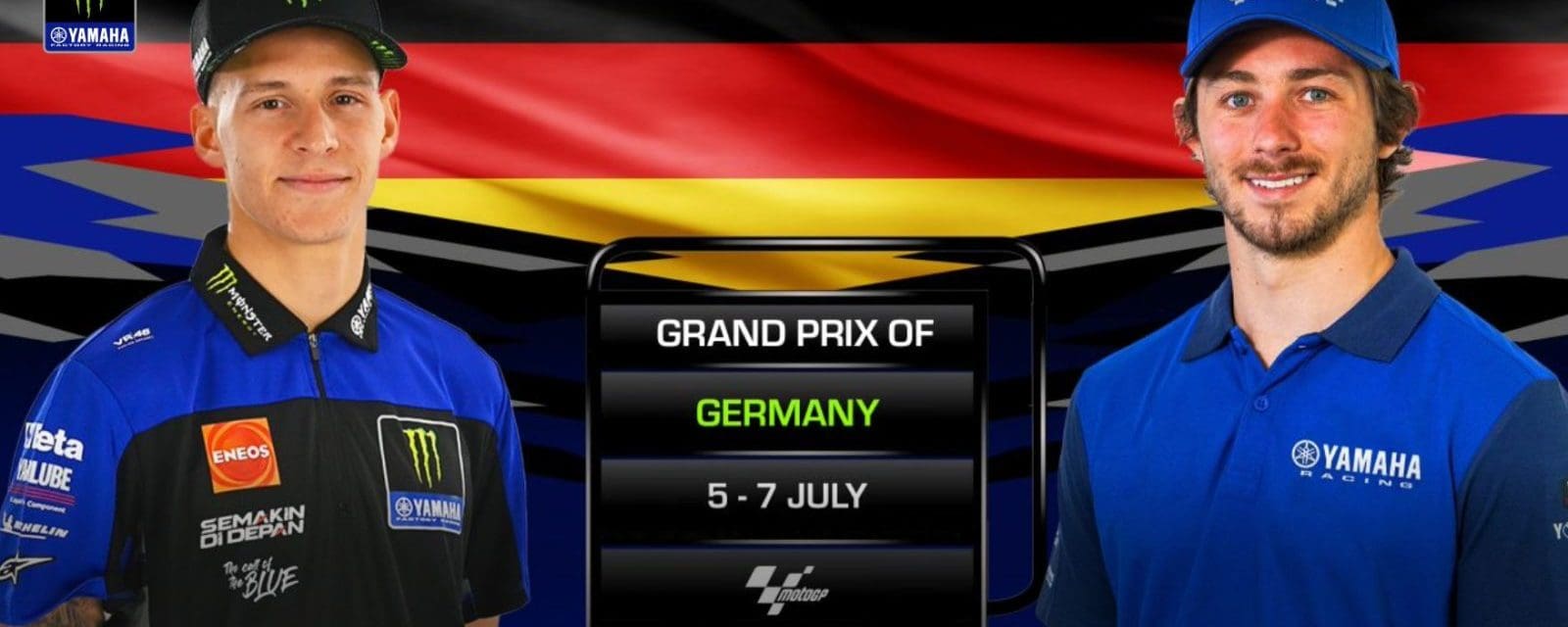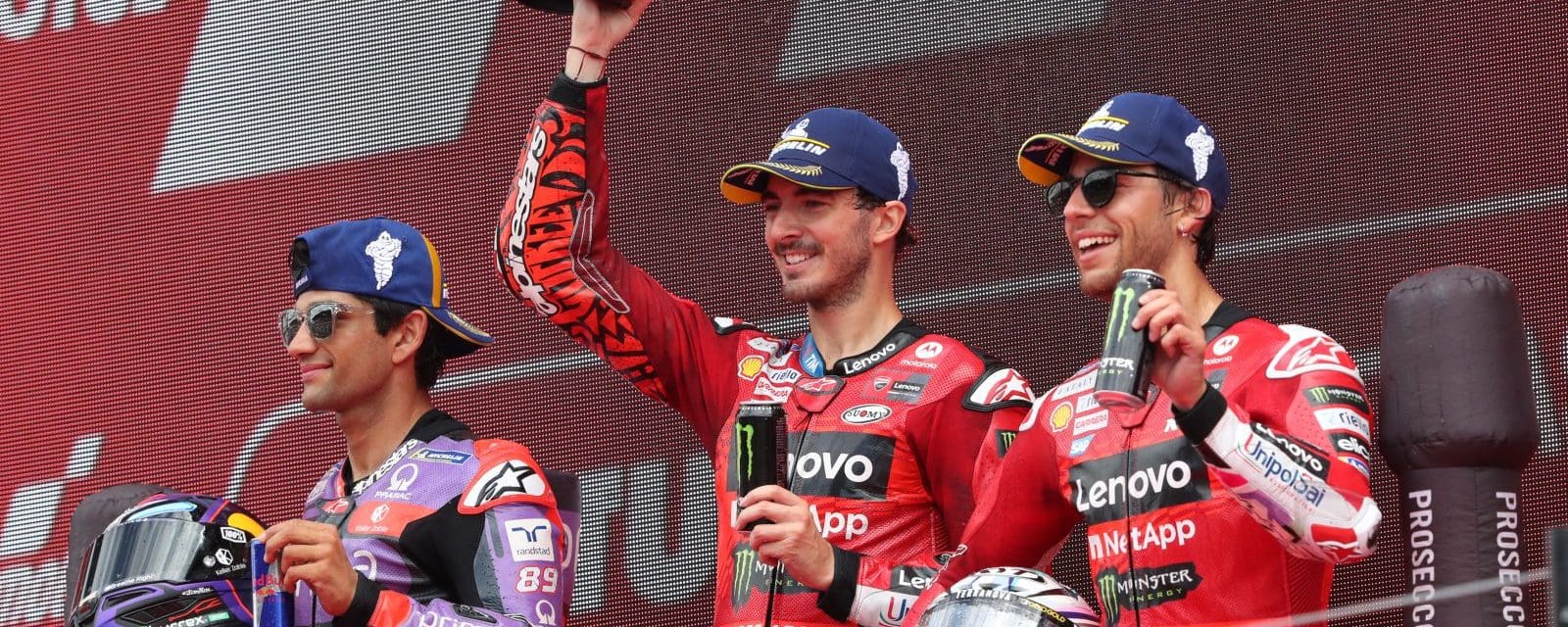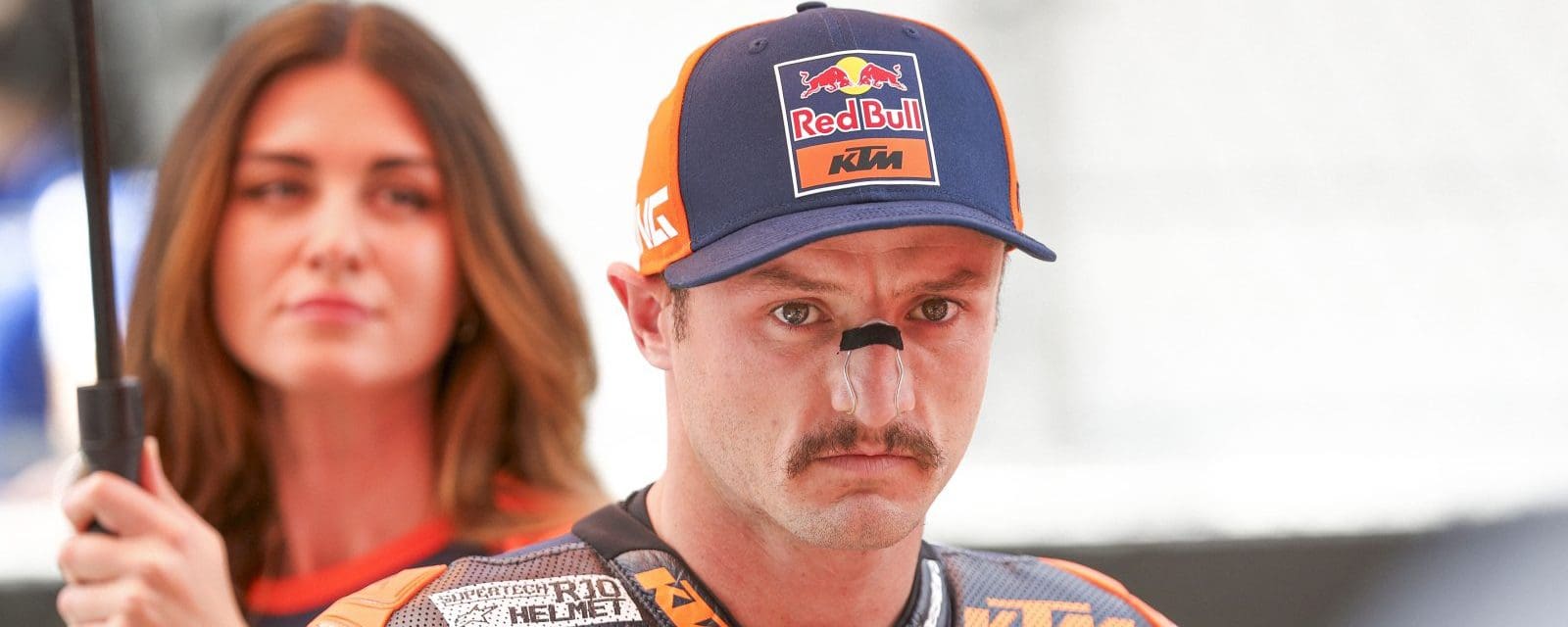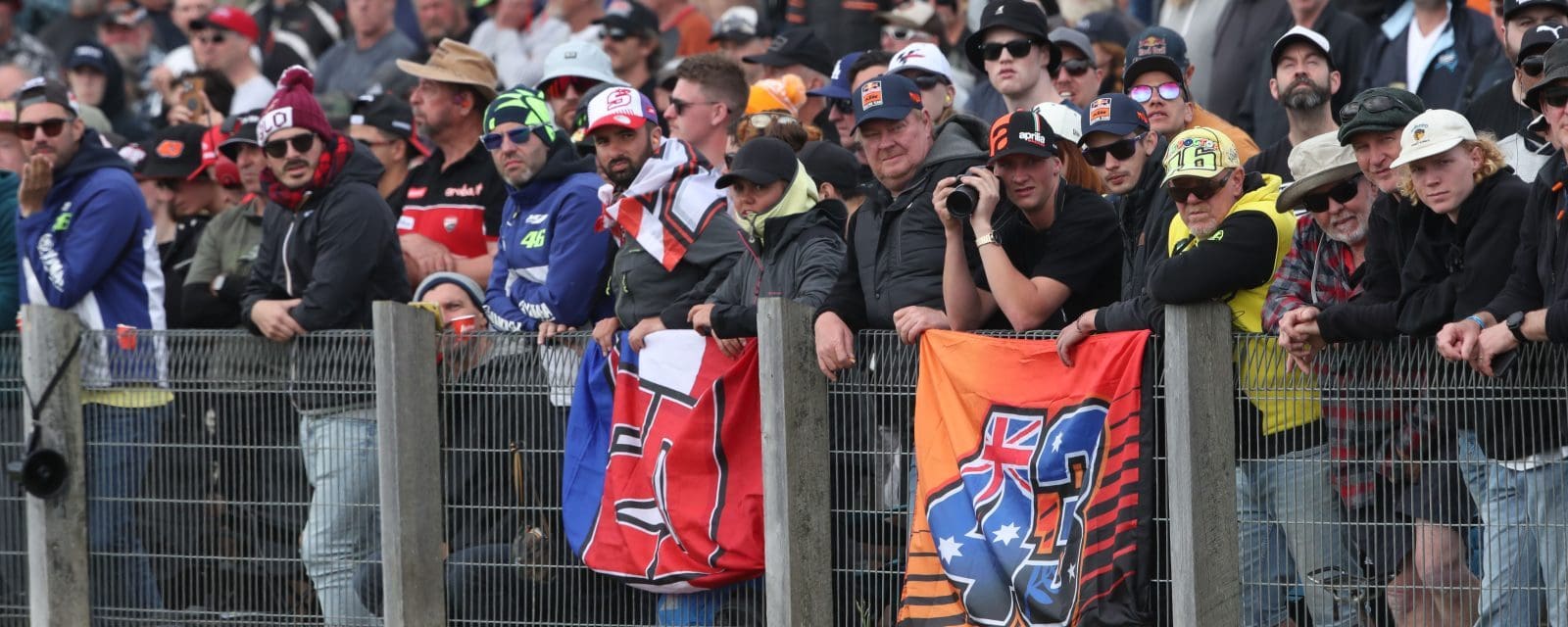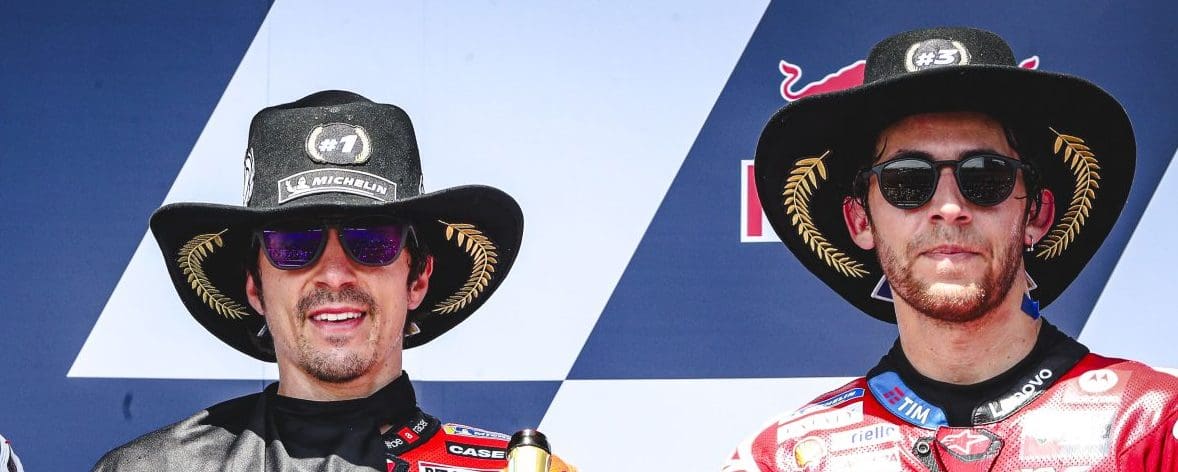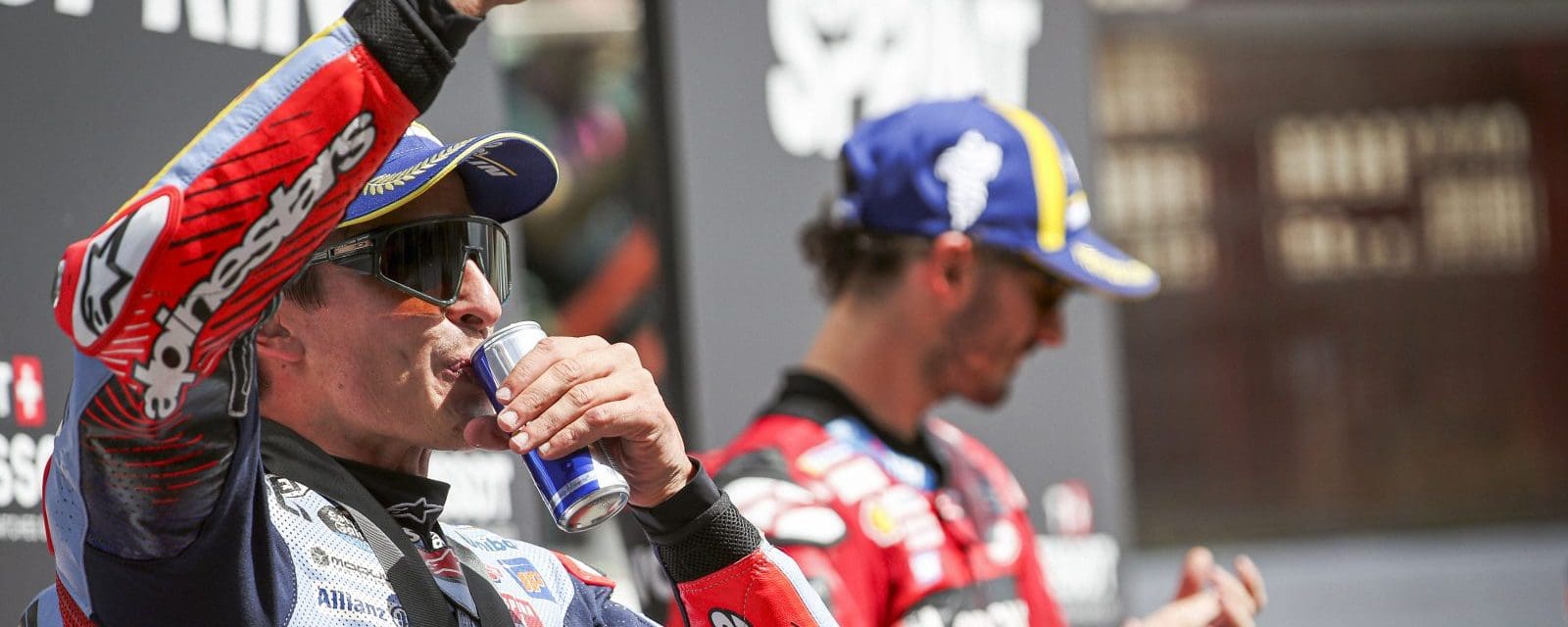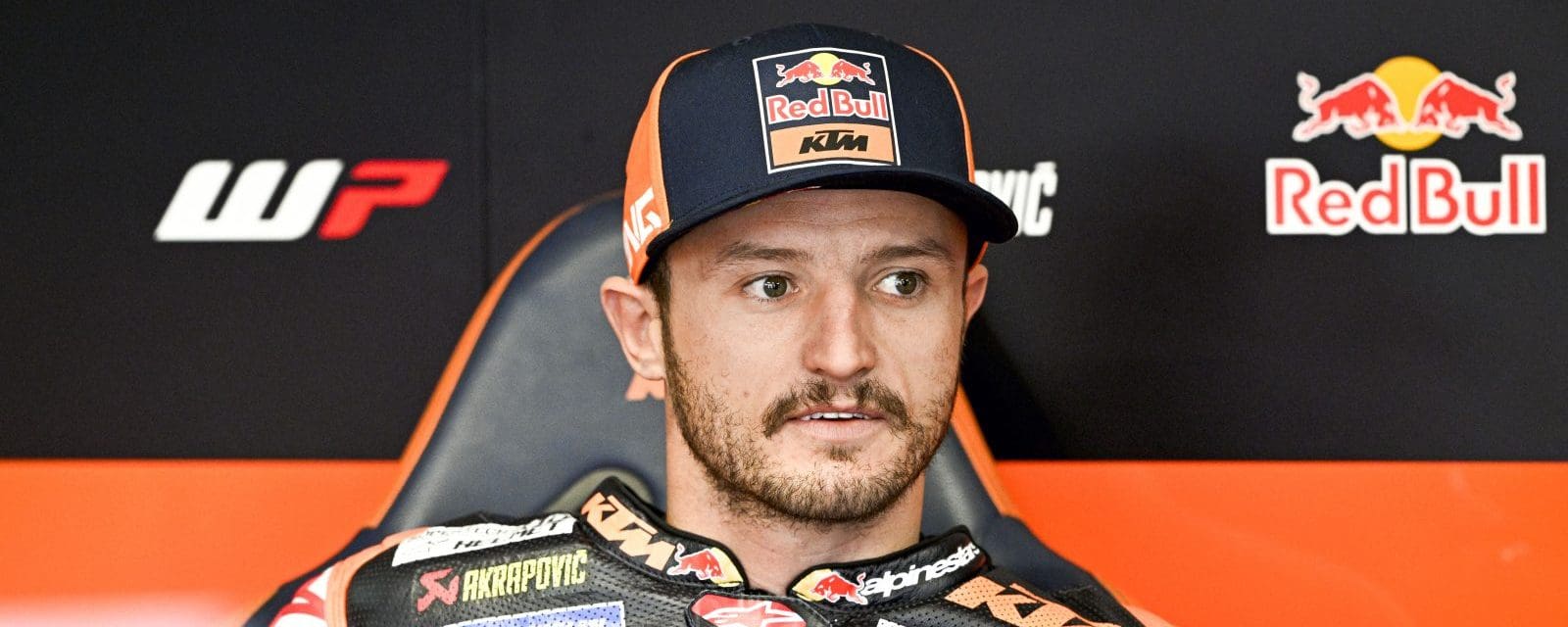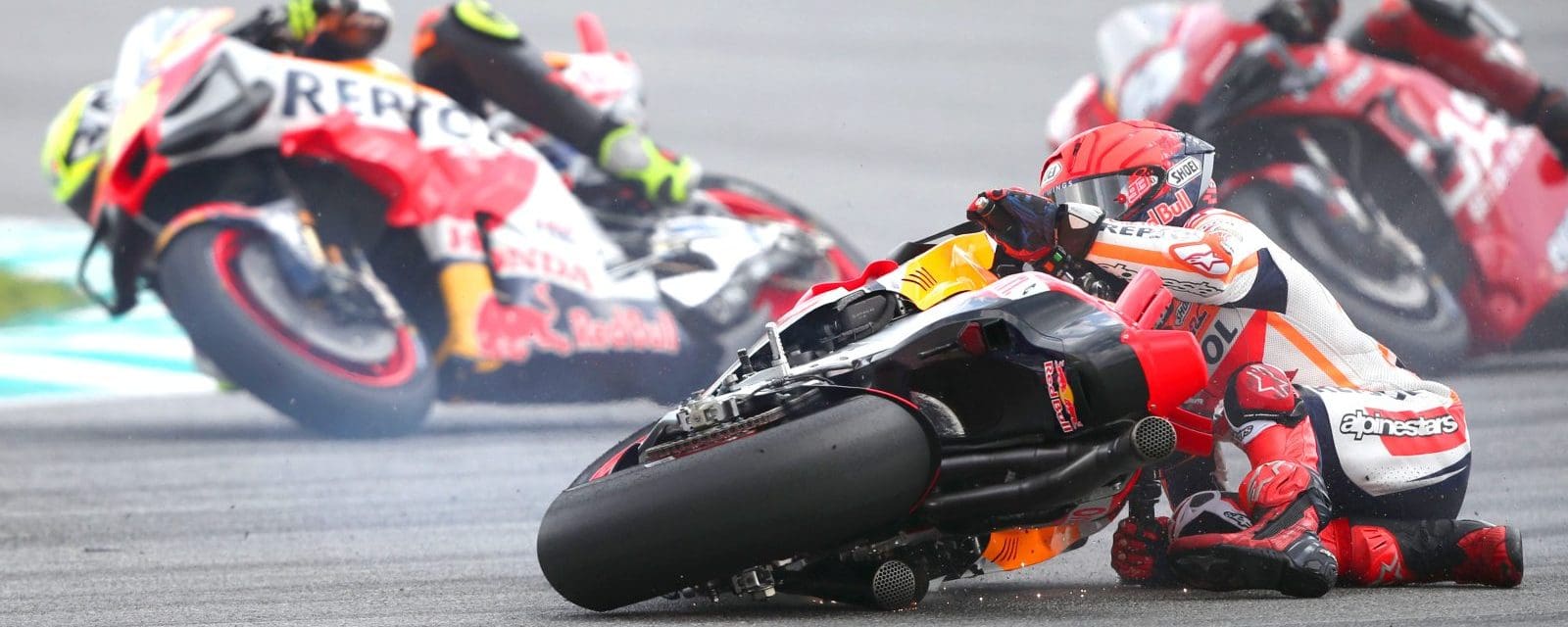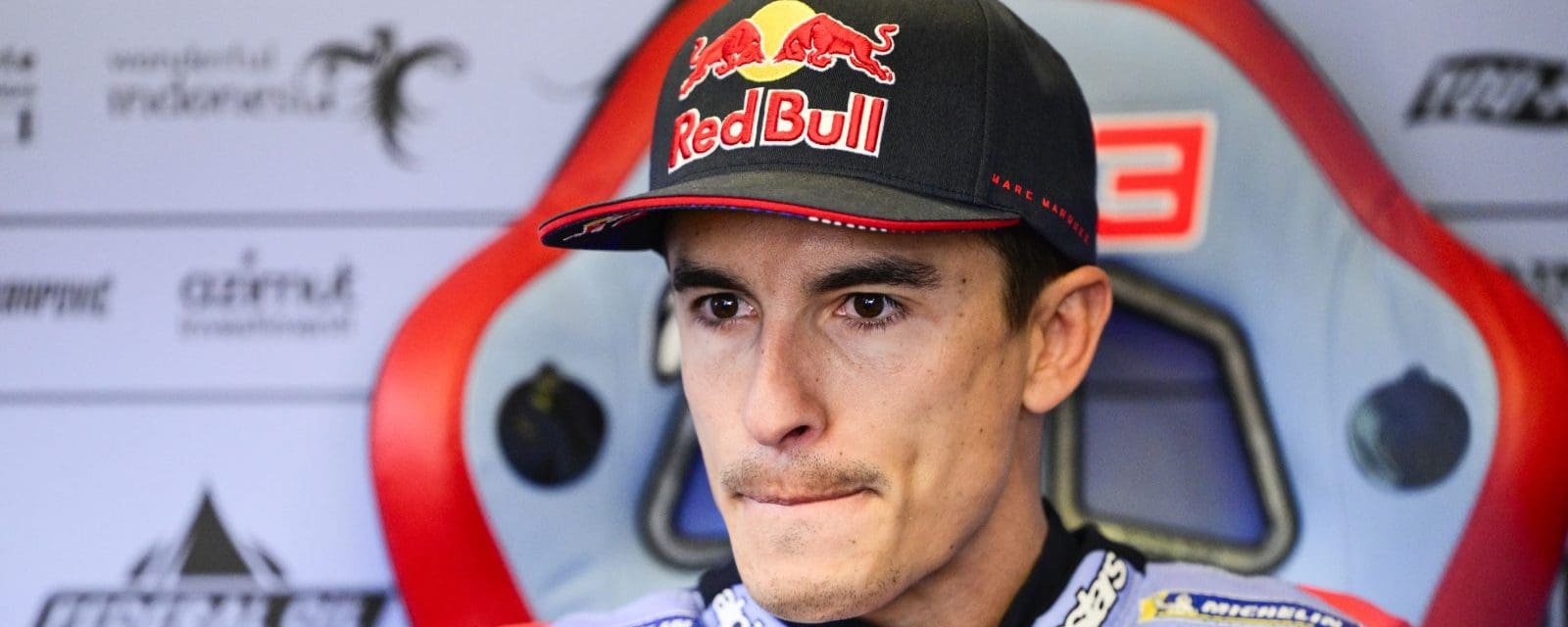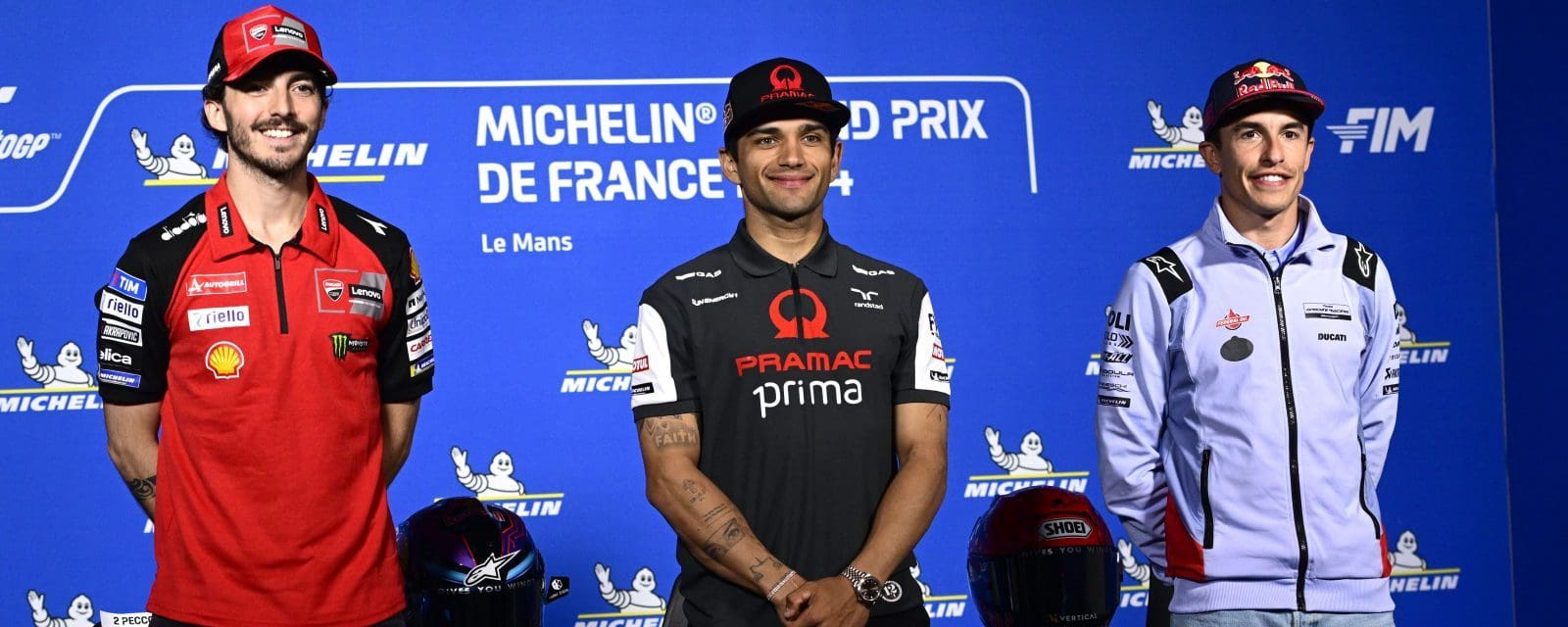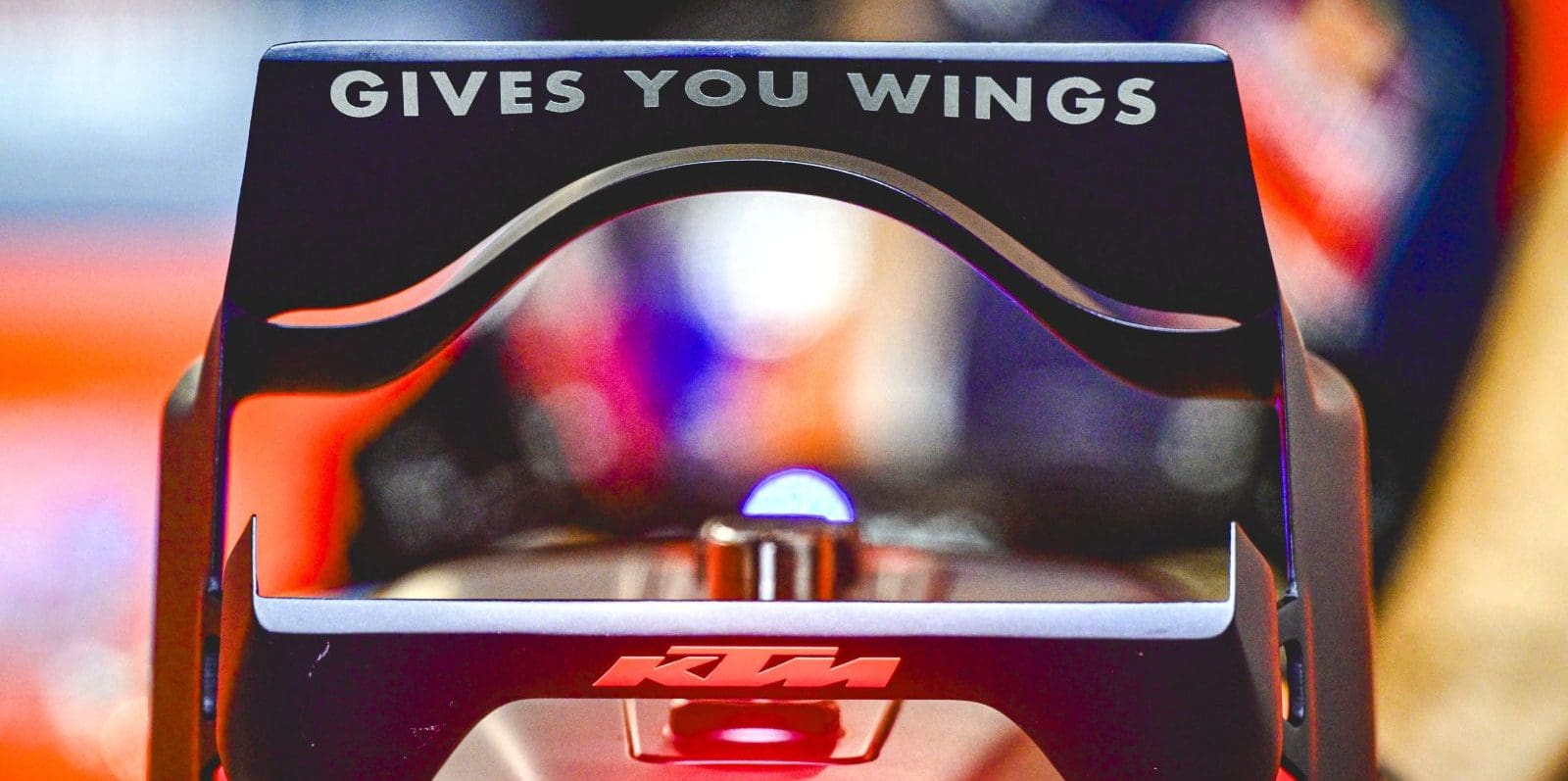Michelin, title sponsors of the Australian GP, will be the MotoGP class’s control tyres until 2023, extending their current three-year contract by a further five years.
The agreement was announced at Phillip Island on race eve by Dorna CEO Carmelo Ezpeleta and Michelin motorsport director Pascal Couagnon, at a press conference which was interrupted by the thunderous noise of an Australian air force jet fighter display.
It was a warts-and-all occasion, with Ezpeleta saying that aside from the prospect of stability, the most important thing he was demanding was “equal quality of tyres with the same specification.” He had praise for Michelin as well, for the positive way they had responded to problems, in contrast to other tyre suppliers.
Michelin’s technical director Nicolas Goubert confirmed that some teams and riders had flagged up of unexpected variations of tyre performance. “We have had some complaints. Sometimes they are not true, but sometimes they are true. We still have some work to do.”
Improving quality control was a major target, he continued. “There are many components and processes in a tyre, and we are working very hard at putting them all under control,” he said.
Michelin returned to MotoGP last season in place of former control tyre suppliers Bridgestone, and discovered there was a lot of catching up to do. “The bikes had evolved, and there was a lot more stress on the front tyre.”
This had been the most difficult area of development. “We made progress in 2916 … but not enough.” But since the latest generation of front tyres had arrived at Mugello this year, the position was much improved. “We have had requests from riders to keep these same [front] tyres for 2018,” said Goubert.
Pascal spoke of the value of racing, both commercial and technical. The reason they had required a change from the previous 16.5-inch wheel size to 17-inch was to forge a direct link with production tyres for street bikes. For the same reason, Michelin would not consider including qualifying tyres in the three front and rear options at each race.
Technically, said Goubert, a range of compounds developed in racing would be used in a range of production slick tyres to be launched in the near future; while they had also made progress in developing manufacturing processes that would have future relevance.
